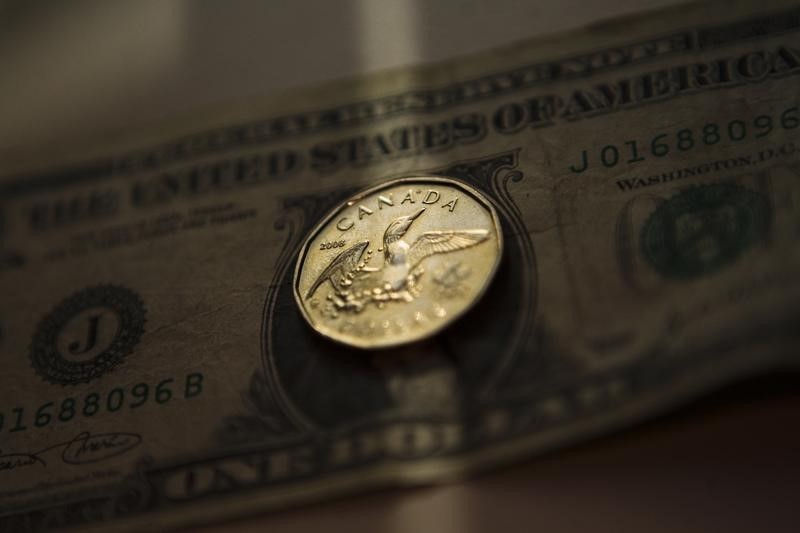Investing.com - The U.S. dollar rose to two-week highs against its Canadian counterpart on Thursday, despite the release of mostly negative U.S. data, as declining oil prices weighed on demand for the commodity-related Canadian currency.
USD/CAD hit 1.3044 during early U.S. trade, the pair’s highest since June 3; the pair subsequently consolidated at 1.3027, climbing 0.89%.
The pair was likely to find support at 1.2826, Wednesday’s low and resistance at 1.3107, the high of June 3.
The U.S. Department of Labor said the number of individuals filing for initial jobless benefits in the week ending June 11 increased by 13,000 to 277,000 from the previous week’s total of 264,000. Analysts expected jobless claims to rise by 6,000 to 270,000 last week.
Separately, the U.S. Commerce Department said consumer prices rose 0.2% in May, compared to expectations for a 0.3% gain. Year-over- year, consumer prices were 1.0% higher last month, below expectations for a 1.1% gain.
Core CPI, which excludes food and energy costs, increased as expected in May by 0.2%.
On a more positive note, the Federal Reserve Bank of Philadelphia said its manufacturing index improved to 4.7 this month from -1.8 in May, beating expectations for a rise to 1.1.
The greenback weakened broadly earlier, after the Federal Reserve kept rates unchanged at the conclusion of its two-day policy meeting on Wednesday and lowered forecasts for how much they expect to hike interest rates in the next few years.
Meanwhile, the Canadian dollar came under heavy selling pressure as oil prices continued to decline on Thursday, amid global concerns over a potential British exit of the European Union, or Brexit.
In Canada, data on Thursday showed that foreign securities purchases hit C$15.52 billion in April, compared to C$17.05 billion in March, whose figure was downwardly revised from a previously estimated total of C$17.17 billion.
The loonie was steady against the euro, with EUR/CAD at 1.4534.
